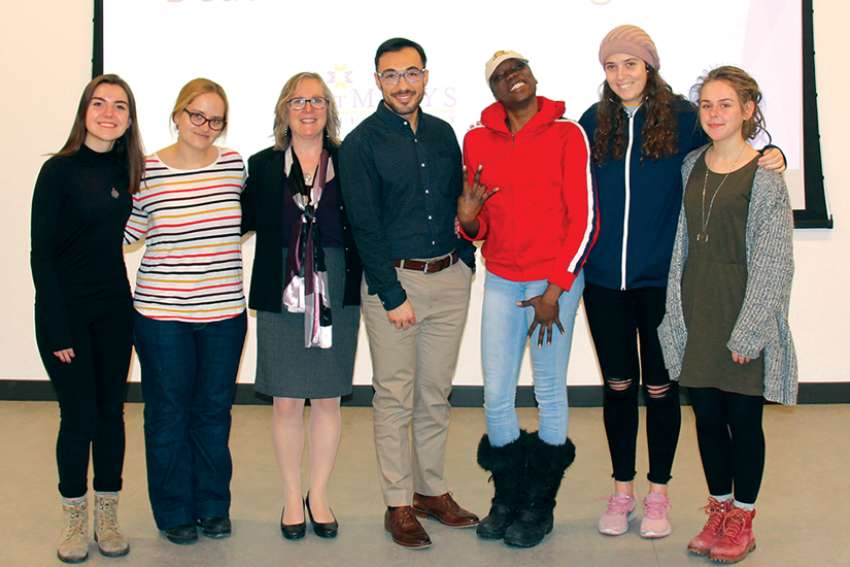“She was really a trooper,” said the history professor and the school’s interim principal and vice president.
It wasn’t an isolated case, something repeated at universities across the nation.
But with the federal government easing COVID-19 travel restrictions, international student programs at Canadian universities are cautiously hopeful the worst of pandemic challenges to their global body are in the rear-view mirror.
Given the proven importance of in-person learning to the psycho-social development of students, McGowan is happy that as of Feb. 28, the school returned to in-person as the default for the first time since the pandemic began almost two years ago.
“Keeping (students) in their home country is robbing them of an in-person experience which is essential,” said McGowan. “A lot of universities across the country lean heavily on international students but first and foremost we believe U of T students deserve to be treated with dignity and respect and to be accommodated wherever possible.”
Of the overall student population at the University of Toronto (where St. Mike’s is an affiliated college), roughly one-third are international students and account for a significant source of revenue. With a high global ranking, international enrolment at the school was actually up during the pandemic, with a large percentage of those students hailing from China and attending virtually.
Dr. Tara Hyland-Russell is the vice president of academics and provost at St. Mary’s University in Calgary. Its international recruitment program has been on pause for the most part since the pandemic but they are cautiously moving forward with its campaign with plans to get students to Calgary in larger numbers this year.
With the most recent travel announcements, St. Mary’s has received a flood of student applications from those who have been waiting for the clouds to clear, particularly from prospective students in South America and the Philippines. Just before the onset of the pandemic, the school had developed and launched its international student recruitment strategy with a goal of increasing international enrolment from two to 10 per cent.
Diversifying the student body is an integral part of St. Mary’s academic plan and the reasons go far beyond revenue. Alberta has one of the lowest rates across Canada of people who travel outside the country, says Hyland-Russell, and exposing local students to a much broader intercultural perspective is essential.
“It’s really important in the 21st century for us to understand our global neighbours,” said Hyland-Russell. “To understand that what we know of life in North America is not representative of across the world. So it’s really part of our mission as a Catholic university and as a liberal arts university to expand our students’ awareness of the rest of the world.”
Beyond the pandemic, the political situation in various countries has also been a challenge. An exchange program with a Ukrainian Catholic university has been put on hold as the geopolitical situation culminating in Russian armed forces invading its neighbour Feb. 17.
The varying climate in Eastern Europe and in other places around the world, Hyland-Russell says, only reinforces the importance of international student programs to expand awareness of peoples and groups around the world.
“(The global situation) really highlighted for us how much we take freedom and political and economic security for granted (in Canada),”said Hyland-Russell. “I think it just emphasizes to us even more why it’s so important for us to support international students and welcome them into our community for us to learn.”


